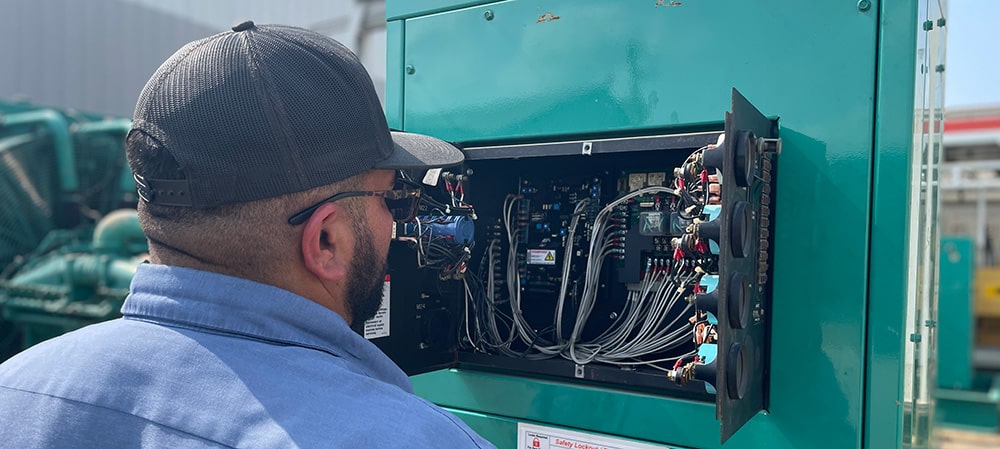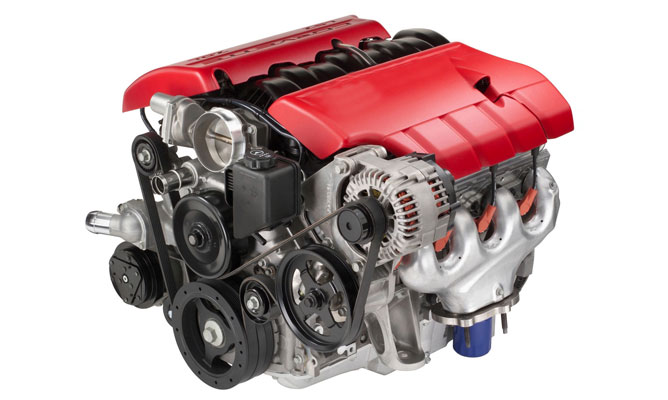High Quality Examined Used Engines for Sale: Save Cash and Drive Safely
Vital Considerations for Ensuring High Quality and Long Life in operation Engines
When considering the purchase of a made use of engine, ensuring its high quality and longevity needs a multifaceted technique. Upkeep history is a crucial variable, as it gives insight into the engine's past treatment and prospective future integrity. Past documentation, a comprehensive assessment of physical elements-- such as belts, tubes, and seals-- can disclose hidden problems. Performance testing is additionally vital, supplying a picture of the engine's operational efficiency. However, comprehending the nuances of these assessments and their implications can be complex. What are the essential techniques that can be employed to navigate this intricate evaluation process properly?
Engine History Evaluation
In the realm of utilized engines, a thorough engine background analysis is paramount to guaranteeing high quality and integrity. Comprehending an engine's past can give important insights into its performance capabilities and prospective future longevity.
In addition, evaluating any kind of background of repair services or substitutes is essential. Engines that have undertaken substantial repair services might have underlying concerns that might resurface. Comprehending the context of such repair services, whether as a result of making problems or owner neglect, is critical in creating a detailed assessment. Checking out the engine's gas mileage can offer as a sign of wear and tear. Lower mileage engines are usually better, yet it is additionally crucial to think about how those miles were built up. An engine used primarily for long-distance highway driving might remain in far better problem than one subjected to frequent stop-and-go city website traffic.
Essentially, an extensive investigation right into an engine's history is vital for making informed investing in choices. used engines for sale.
Comprehensive Assessment Overview
While understanding an engine's history offers valuable context, an extensive examination is the next action to ensure its existing problem lines up with historic information. The assessment should begin with an aesthetic assessment, looking for signs of leakages, corrosion, and uncommon wear. Evaluate the exterior for oil stains or coolant marks, which might indicate underlying problems.
Following, evaluate the engine's installing system for any type of loosened screws or abnormalities that might influence performance. Pay close attention to the condition of belts and pipes, as these parts are vital for optimum engine performance. Examine for fractures, fraying, or any kind of indicators of wear and tear.

Identifying Damage
Acknowledging indicators of wear and tear is important for analyzing a used engine's long life and reliability. It entails a precise examination of various engine components to determine their present state and possible future efficiency.
One more important element is checking the engine's seals and gaskets. Furthermore, uncommon noises during engine operation, such as knocking or ticking noises, may indicate internal damage or extreme wear on relocating components like pistons or bearings.
The problem of belts and hose pipes is just as important, as they play an important function in the engine's general feature. Cracked or frayed belts and fragile tubes are signs old that might lead to engine failing if neglected. Taking a look at the oil problem and filter can offer insights into previous maintenance practices, as dirty oil or clogged filters recommend overlook and sped up wear.
Performance Screening Basics
Evaluating the wear and tear of engine components establishes the stage for a detailed assessment via efficiency screening. Performance screening offers as an essential step in figuring out the operational honesty of a made use of engine.
Making use of dynamometers is a common approach in performance testing. These tools determine the engine's result throughout different problems, providing a detailed account of its functionality. In addition, on-road testing matches dynamometer analyses by observing engine behavior under common driving circumstances, ensuring it satisfies the called for requirements for both safety and security and effectiveness.
These tools analyze engine management systems, identifying faults in electronic components that could affect performance. Comprehensive testing not only confirms the engine's operational standing yet additionally aids in projecting future upkeep needs.
Maintenance and Treatment Tips
Proper maintenance and continue reading this treatment are vital to lengthening the life-span of an utilized engine and guaranteeing its regular efficiency. Routine oil modifications are critical; using the supplier's advised oil kind and quality can stop extreme deterioration. Furthermore, oil filters need to be replaced simultaneously to keep ideal lubrication and tidiness within the engine.
Monitoring fluid degrees, including coolant, transmission fluid, and brake liquid, is important. Making sure these fluids go to proper levels aids stop getting too hot and other mechanical issues. Inspecting belts and tubes for indications of wear, such as cracks or fraying, can prevent potential failings that may bring about expensive repairs.
Routine inspection of the air filter is likewise necessary, as a tidy filter ensures reliable airflow and burning, consequently optimizing engine efficiency. Spark plugs need to be examined and replaced when required to maintain reliable fuel burning and stop engine misfires.
Finally, regular diagnostic checks utilizing specialist devices can determine possible issues before they come to be substantial troubles. By adhering to these maintenance and care tips, utilized engine proprietors can guarantee their engines remain dependable, effective, and with the ability of executing more than an extensive period.
Final Thought
